IFEX daily log
Thursday, September 15, 2005
The primary tropical activity in the Atlantic basin is confined to two areas today
(Fig. 134): Hurricane Ophelia, which persists off the North Carolina coast, and the
tropical wave located at around 45 W. Ophelia has now moved closer to the Outer Banks
of North Carolina, as seen by Morehead City radar (Fig. 135). Convection is maximized
on the east side of the eyewall. Track forecasts continue to bring it up the coast within
the next 1-2 days. The extratropical transition experiment is planned for Friday and
Saturday. Airspace issues have delayed the launch of the Aerosonde into Ophelia until
tomorrow, with a Friday morning takeoff and Friday evening scheduled. This schedule
should put both aircraft in the storm at the same time.
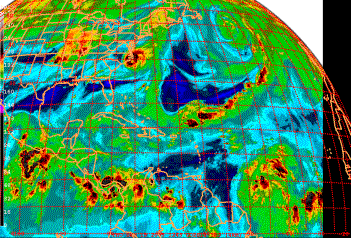
Figure 134. GOES-East water vapor image valid 1245 UTC September 15.
The 95L Invest system looks a bit better organized today. Visible and infrared
satellite imagery (Figs. 136 and 137) show convection more concentrated and some
suggestions of banding, while a QuikScat overpass (Fig. 138) shows a pronounced
cyclonic shear axis collocated with the convection. The vertical shear is light to
moderate (Fig. 139) and northwesterly, while any SAL air is located primarily to the
north and east of the system (Fig. 140). The low-level flow indicates that 95L will
continue moving toward the west-northwest, approaching the leeward islands in two to
three days. Because of this possibility, there is consideration that is being given to
deploying to either Barbados or St. Croix over the weekend. If the system does move
toward the west-northwest and develops, it may take a track to the northeast of the
islands. That would be an ideal track for research flights, since a track to the northeast of
the islands would minimize the likelihood of an NHC tasking.
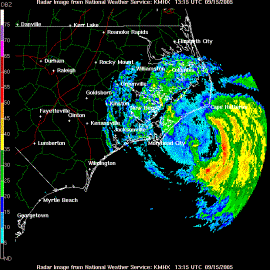
Figure 135. Morehead City, NC radar valid 1315 UTC September 15.
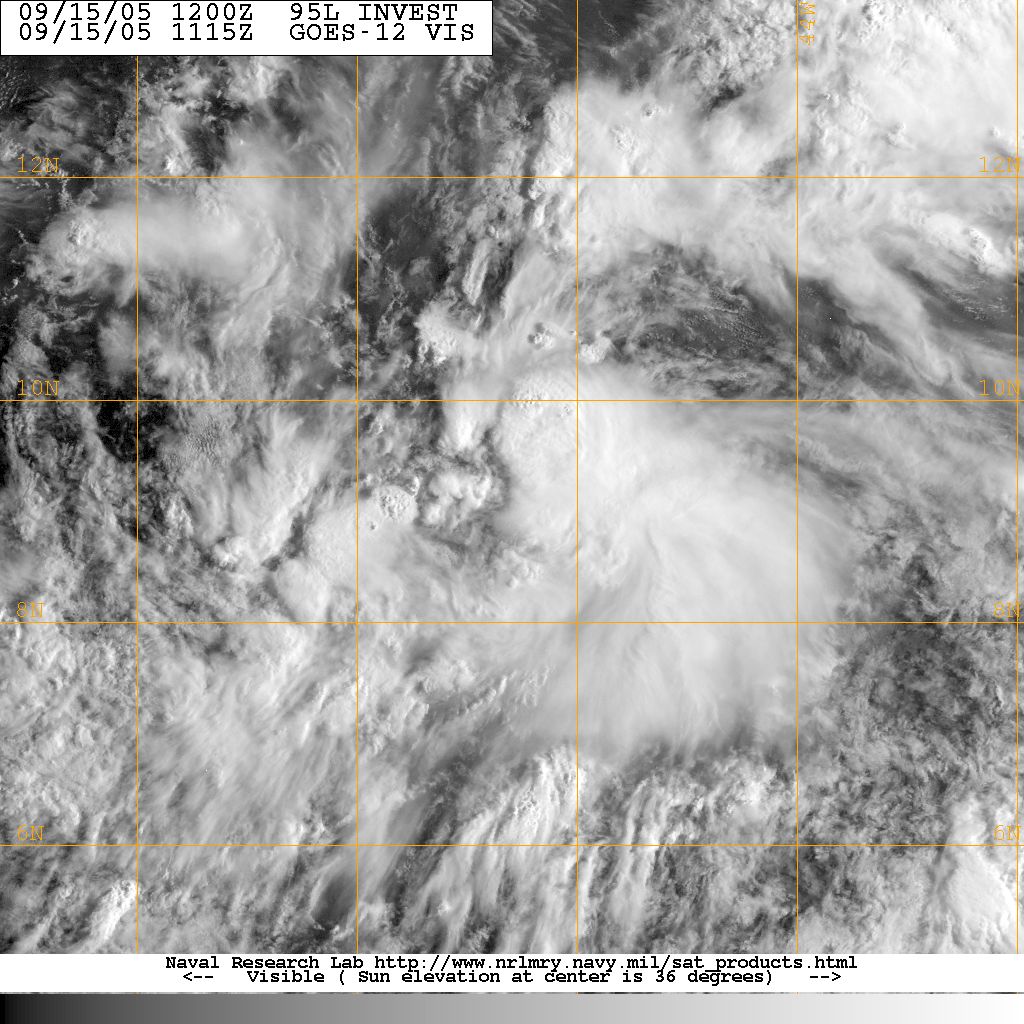
Figure 136. GOES-East visible image valid 1115 UTC September 15.
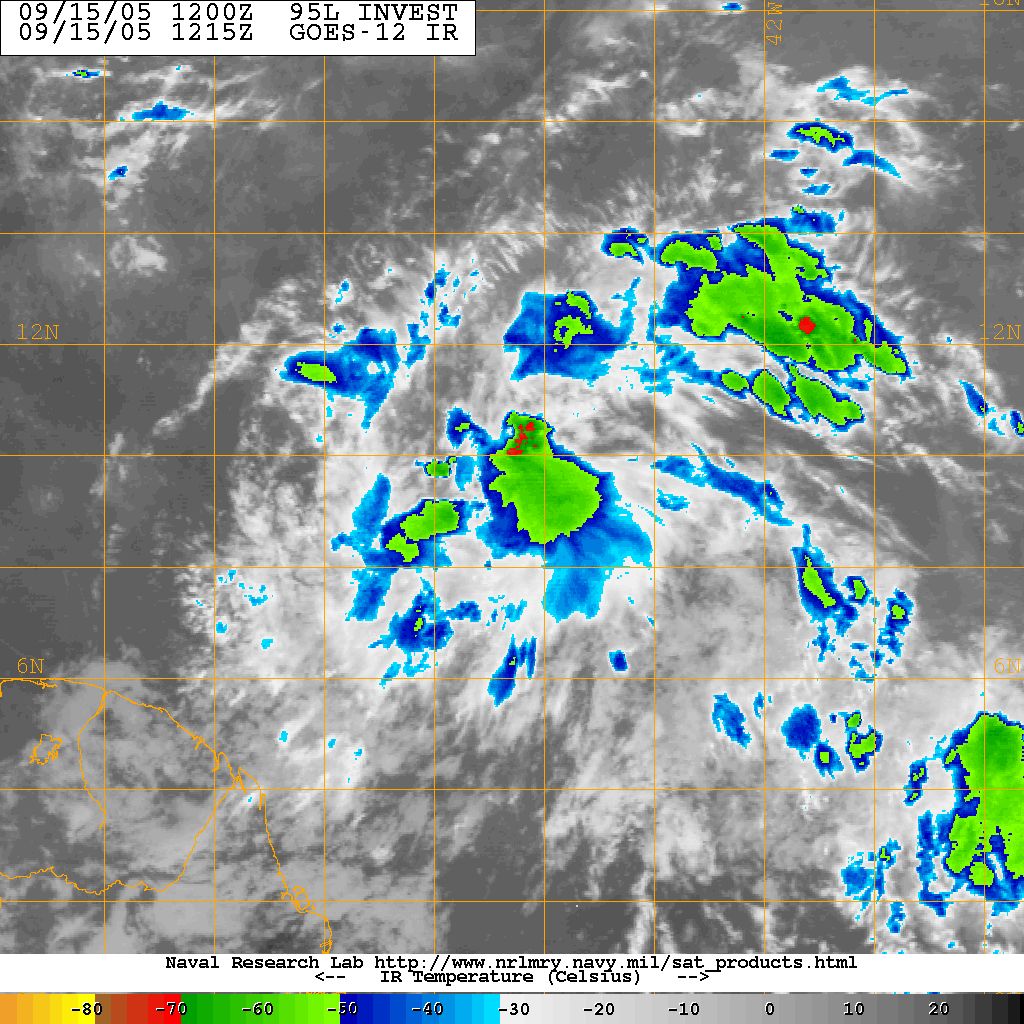
Figure 137. GOES-East infrared image valid 1215 UTC September 15.
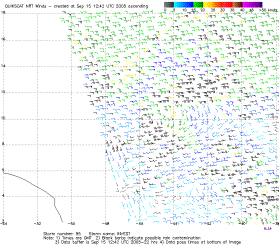
Figure 138. QuikScat overpass (barbs, kt) valid 1242 UTC September 15.
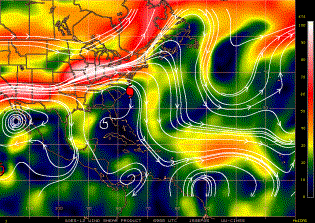
Figure 139. CIMSS-derived 850-200 hPa vertical shear winds (shaded, kt) valid 09 UTC
September 15.
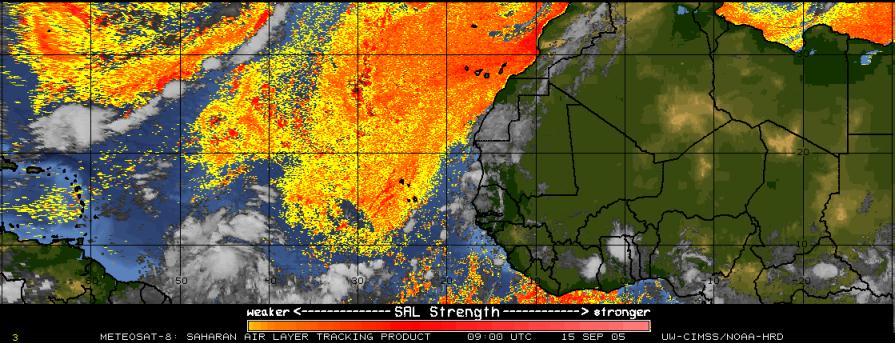
Figure 140. CIMSS-derived Saharan Air Layer tracking product valid 09 UTC September
15. Yellow (Red) shades indicate weaker (stronger) SAL.
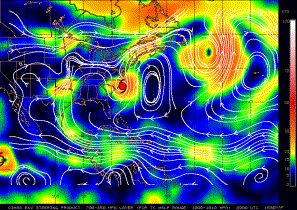
Figure 141. CIMSS-derived 850-700 hPa layer-averaged winds (shaded, kt) valid 09
UTC September 15.
Rob Rogers
HRD Field Program director
Return to IFEX calendar page
![[Atlantic Oceanographic and Meteorological Laboratory]](../../../hrd_top_logo7.jpg)
![[OAR/DOC/NOAA Logos]](../../../oar_noaa_doc_logos3.jpg)